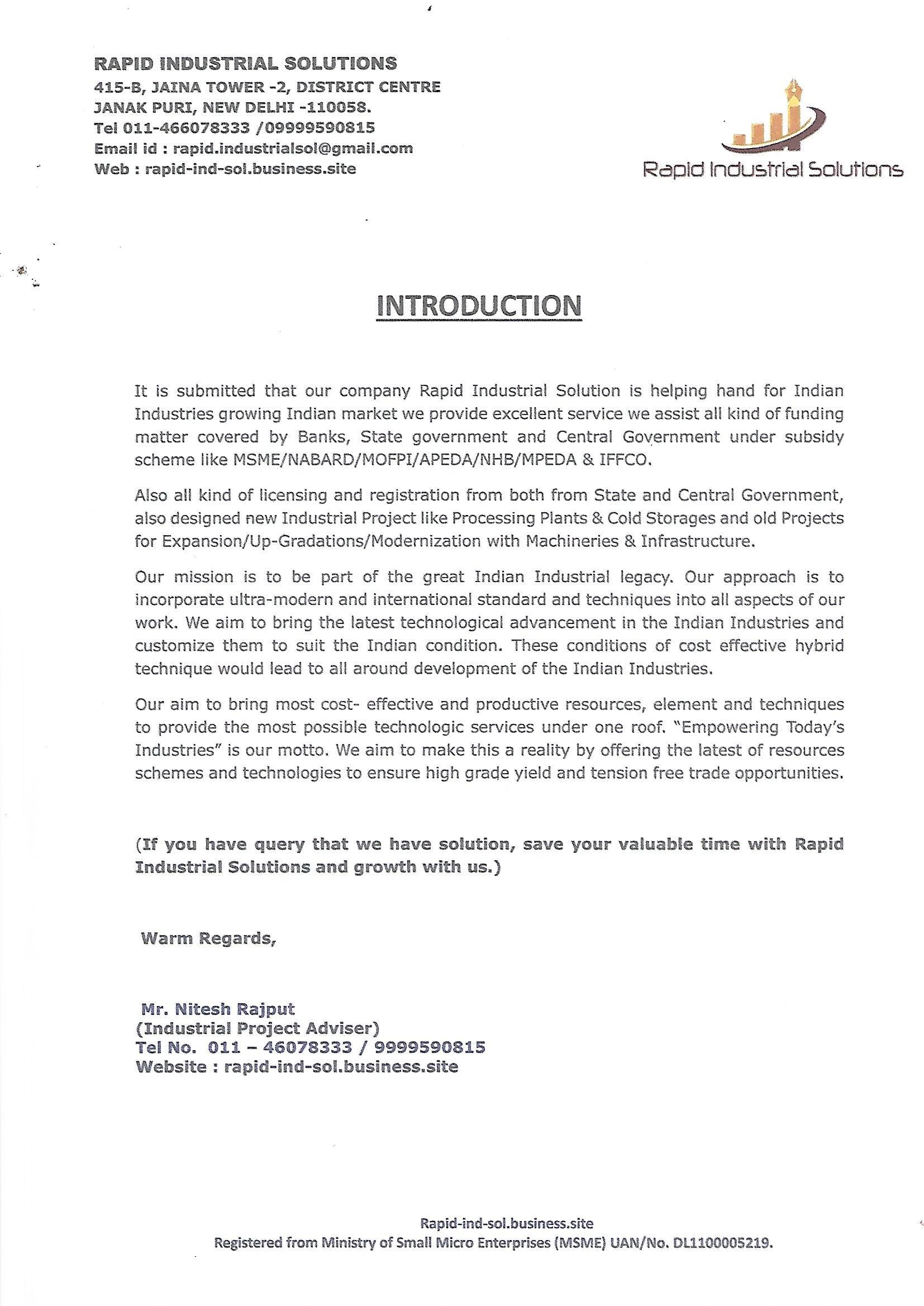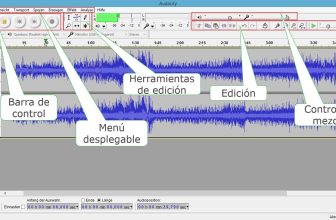
In the world of lock picking, one technique stands out for its simplicity and effectiveness: bump keys. As an easily accessible tool, bump keys have gained popularity among locksmiths and enthusiasts alike. Seldom discussed in traditional lock-picking circles, their usage has become a captivating subject. With this article, we aim to provide an informative guide on how to use bump keys, shedding light on this discrete but intriguing method. Whether you are a locksmith seeking to expand your repertoire or simply curious about the mechanics behind bump keys, this comprehensive walkthrough will equip you with all the knowledge you need to master this unique skill. So, let us delve into the intricacies of bump keys and unlock the secrets they hold.
Introduction
Bump keys are one of the most popular tools used by locksmiths to quickly and effectively open locks. Whether you are a professional locksmith or simply looking to improve your lock-picking skills, understanding how to use bump keys can be a valuable skill to have. In this post, we will guide you through the process of using bump keys effectively and provide you with some helpful tips along the way.
-
Choosing the right bump key: The first step in using a bump key is to ensure that you have the correct key for the lock you are trying to open. Bump keys are designed to match a specific type of lock, so it’s important to determine the correct key for your lock. Make sure to consult a key chart or seek professional guidance to find the right bump key for your lock.
-
Preparing the bump key: Once you have the correct bump key, you will need to prepare it before attempting to use it. Start by inserting the bump key into the lock just enough so that it reaches the last pin. Then, pull the key back one click to ensure it is properly aligned with the pins. It’s crucial to ensure that the key is straight and not at an angle.
-
Applying pressure: After preparing the bump key, it’s time to apply pressure to the lock. With your thumb or another finger, apply slight pressure to the bottom of the key, keeping it steady. This pressure is essential to create a gap between the pins and allow the key to work effectively.
-
Bumping the key: Now comes the actual “bumping” action. With a small hammer or similar object, gently tap the back of the key. The idea is to create a small shockwave that will transfer through the key and onto the pins in the lock. This shockwave will cause the pins to jump momentarily, allowing the lock to be turned.
-
Repeating the process: If the lock does not open after the first attempt, don’t give up just yet. Bump keys require practice and patience to master. Repeat the process of aligning the key, applying pressure, and bumping the key until the lock opens. Remember to remain calm and take your time. With practice, you will become more proficient in using bump keys and increase your success rate.
In conclusion, bump keys can be an effective tool for opening locks when used correctly. By following these steps and practicing regularly, you can improve your lock-picking skills and become more proficient in using bump keys. It’s important to note that bump key usage should be within legal limits and only for authorized purposes. Always consult a professional locksmith for guidance and ensure you’re using bump keys responsibly. Happy lock-picking!

Explanation of Bump Keys
Before delving into how to use bump keys, it’s essential to have a clear understanding of what they are. Bump keys are specially crafted tools used to open pin tumbler locks non-destructively. These keys possess a series of evenly spaced and varying height cuts, which allow them to quickly and easily manipulate the lock’s pins.
While bump keys are a valuable tool for locksmiths and law enforcement agencies, it’s important to note that they can also be used unlawfully. Therefore, knowledge on how to properly use bump keys should be handled responsibly and ethically.
When using a bump key, a series of steps must be followed to successfully unlock a pin tumbler lock. Here’s a brief rundown:
- Insert the bump key into the lock’s keyway until it is fully inserted.
- Apply slight rotational pressure to the bump key to mimic the action of a real key.
- While maintaining rotational pressure, strike the end of the bump key with a blunt object, such as a hammer or the base of your palm.
- The force transferred through the bump key and into the pins momentarily lifts them to the sheer line, allowing the lock to be turned and unlocked.
It’s important to note that successfully using a bump key requires practice and finesse. Each bump key and lock combination may work differently, so experimentation and patience may be necessary. Additionally, bump keys may not be effective on certain locks with advanced security features or in situations where the lock has been tampered with.
| Pros of Using Bump Keys | Cons of Using Bump Keys |
|---|---|
| 1. Faster than traditional lock-picking techniques. | 1. Possibility of illegal or unethical use. |
| 2. Minimal damage to the lock. | 2. Limited effectiveness against advanced security systems. |
| 3. Relatively inexpensive compared to other locksmith tools. | 3. Not a universal solution – different bump keys are required for different locks. |
In conclusion, bump keys can be a useful tool when used responsibly and within legal boundaries. Their ability to quickly and non-destructively open pin tumbler locks makes them a valuable asset for professionals in the locksmith and law enforcement fields. However, it is crucial to remember that their misuse can lead to unlawful activities. Always exercise caution and adhere to applicable laws and ethical standards when considering the use of bump keys.

Understanding the Technique
Using bump keys is a technique that can be used to quickly and efficiently open a wide range of locks. It involves inserting a specially designed key, known as a bump key, into a lock and then applying pressure to the key to force the pins up and out of the way. This allows the lock to be easily turned and the door or lock to be opened.
To use a bump key effectively, it is important to understand the technique involved. Firstly, ensure that you have the correct bump key for the lock you are trying to open. Bump keys are typically made for specific lock types, so it is crucial to use the right key. If you are unsure about which key to use, consult a professional locksmith for guidance.
Once you have the right bump key, insert it into the lock with the teeth facing upward. Apply steady pressure to the key with your thumb while simultaneously pulling the key out slightly. This slight motion will cause the pins in the lock to bounce, creating a small gap between the pins and the lock mechanism.
Next, use a tool such as a hammer or the handle of a screwdriver to strike the bump key sharply. The force of the impact will transfer to the pins, causing them to jump momentarily and align with the gap created. With the pins aligned, turn the key in the lock to open it.
It is important to note that bumping a lock should only be done on a lock or door that you have permission to access. This technique can be used for legitimate purposes, such as gaining entry to your own property when locked out, but it should not be used for illegal activities.
In summary, of using bump keys is essential for successfully opening locks. Ensure you have the correct bump key for the lock you wish to open and then follow the steps carefully. Remember to always use this technique responsibly and lawfully. Happy lock opening!
Steps to Safely Utilize Bump Keys
Before attempting to utilize bump keys, it is essential to understand the steps involved to ensure safe and responsible use. Bump keys are specialized tools used to open locked doors, primarily the pin tumbler locks commonly found in residential properties. While they can be a valuable asset in certain situations, it is crucial to use them ethically and within the legal boundaries.
Here are the :
1. Acquire the Correct Bump Key:
Ensure you have the appropriate bump key for the type of lock you intend to open. Bump keys are specifically made to match different lock designs, so make sure you have the right one. Using an incorrect bump key can lead to damage to the lock or make unlocking it significantly more challenging.
2. Understand the Basic Mechanics:
Familiarize yourself with how bump keys work. These keys exploit the pin tumbler lock’s design by applying simultaneous pressure on its pins, causing them to momentarily align and allow the lock to be turned. Understanding this principle will help you apply the correct technique during the process.
3. Apply Adequate Pressure:
Insert the bump key fully into the lock, applying slight tension with your hand to keep the key in place. This tension ensures the pins inside the lock bind momentarily when struck, aiding in their alignment. To apply the proper pressure, stick to a gentle, steady rotational force that gradually increases, but without exerting excessive force that may damage the key or lock.
4. Employ the Bumping Technique:
Using a solid, blunt object such as a rubber mallet or the heel of your hand, strike the key’s end sharply and swiftly to transfer energy through the key and into the pins. The aim is to jolt the pins into momentarily aligning, allowing the lock to rotate and unlock. It may take several attempts to achieve the desired result, so patience is key.
5. Practice Responsibly and Respect the Law:
Remember that bump keys should only be used on locks you have legal permission to access, such as locks you own or those in which you are authorized to pick locks. Utilizing bump keys to gain unauthorized access to someone else’s property is illegal and unethical. Always exercise caution and ensure your actions are lawful and in line with the regulations of your jurisdiction.
By following these steps, you can safely utilize bump keys when necessary. Nonetheless, it is important to remember that lock picking should be used responsibly and solely within legal boundaries, respecting the privacy and property of others. Remember, knowledge of lock picking comes with great responsibility, so use it wisely and be mindful of the laws in your area.

Precautions and Ethical Considerations
When it comes to using bump keys, it is important to exercise caution and be aware of the ethical considerations involved. While bump keys can be a useful tool for locksmiths and law enforcement personnel, they can also be misused if they fall into the wrong hands. Here are some precautions and ethical guidelines to keep in mind:
1. Legal Use Only
First and foremost, it is crucial to use bump keys responsibly and within the boundaries of the law. Possessing or using bump keys for unlawful activities can lead to severe penalties. Always ensure that you have the proper authorization to use them, such as being a licensed locksmith or being part of a law enforcement agency.
2. Professional Training
Using bump keys requires skill and knowledge. It is strongly recommended to undergo professional training to become proficient in using and handling bump keys safely. Proper training will not only help prevent accidents and damage but also ensure that you are using bump keys effectively and efficiently.
3. Secure Storage
When not in use, it is vital to store bump keys securely to prevent unauthorized access. Consider investing in a lockable case or cabinet that can only be accessed by individuals with permission. Additionally, keep track of the key inventory to ensure no keys are misplaced or stolen.
4. Privacy and Consent
Respect the privacy and consent of individuals when using bump keys. Do not use them without explicit permission from the property owner or person in charge. Using bump keys without consent is a violation of personal privacy and goes against ethical standards. Always prioritize the safety and rights of others.
5. Reporting Misuse
If you come across any misuse of bump keys or suspect their unauthorized usage, it is essential to report it to the relevant authorities immediately. By reporting such incidents, you contribute to maintaining public safety and protecting people from potential harm. Do your part in ensuring that this tool remains in the hands of responsible individuals.
Q&A
Q: What is a bump key and how does it work?
A: A bump key is a specially modified key that can be used to quickly open certain types of pin tumbler locks. By inserting the bump key into the lock and applying slight pressure while striking it, the pins inside the lock are pushed out of position, allowing the key to turn and unlock the door.
Q: Are bump keys legal to use?
A: In many jurisdictions, owning or possessing bump keys is not illegal, as they are considered to be locksmithing tools. However, using bump keys to gain unauthorized access to someone’s property is illegal and can lead to criminal charges.
Q: Which types of locks can be opened with bump keys?
A: Bump keys are primarily effective on pin tumbler locks, which are commonly found in residential and commercial settings. These locks use a series of pins that must align at specific heights for the key to turn. Bump keys exploit this vulnerability by jolting the pins to create the necessary alignment and open the lock.
Q: Can bump keys be used on all locks?
A: Bump keys are generally not effective on high-security locks that incorporate additional security features, such as side pins or sliders. These locks have mechanisms that make them resistant to bumping attacks, making it significantly harder to open them using bump keys.
Q: Is it easy to use a bump key?
A: Using a bump key does require some skill and practice. It is essential to have a good understanding of the lock’s mechanism and how bumping works. It may take some time to develop the necessary technique to successfully open locks using bump keys.
Q: Are there any alternatives to using bump keys?
A: While bump keys can be effective on certain locks, it is generally recommended to explore legal and non-destructive methods in situations where lock opening is necessary. Seeking the assistance of a professional locksmith or property manager, when authorized, can help avoid potential legal issues or damage to the lock.
Q: What precautions should be taken when using bump keys?
A: It is crucial to exercise caution and ensure that the bump key is only used legally, such as to gain access to your own property or with the owner’s consent. Attempting to use bump keys on locks that do not belong to you can have serious legal consequences.
Q: Can bump keys be purchased?
A: Bump keys are available for purchase online and in some brick-and-mortar stores that sell locksmithing tools. However, always remember to adhere to your local laws and regulations before purchasing or using a bump key.
Q: Is it ethical to use bump keys?
A: The ethical implications of using bump keys depend on the intent and legality of the action. Using bump keys for criminal purposes, such as breaking and entering, is clearly unethical and illegal. However, in authorized and legal situations, such as when someone is locked out of their own property, the use of bump keys may be considered acceptable.
Q: How can individuals protect themselves from lock bumping?
A: Using bump-resistant locks can greatly minimize the risk of being susceptible to bumping attacks. Install high-security locks or consider adding additional security measures, such as security pins or electronic locks, to enhance the level of protection against potential break-ins. Consulting with a professional locksmith can provide valuable insights on bolstering your home or business’s security. In conclusion, understanding the concept of bump keys can be beneficial when it comes to enhancing our knowledge of lock mechanisms. While it is essential to acknowledge that bump keys have both legitimate and illegitimate uses, this guide aimed solely to educate individuals on their existence and function. We hope this article shed light on the mechanics behind bump keys, providing a deeper understanding of their utilization in lock picking. As always, it is crucial to prioritize ethical practices and respect the law, ensuring that this newfound knowledge is used responsibly and exclusively for legal purposes.






